Amid the quiet charm of Vietnam’s former imperial capital, a new silhouette now graces the skyline - Nguyen Hoang Bridge, a modern architectural gem spanning the legendary Perfume River.
This is truly new symbol of grace in the heart of Hue. Elegant, radiant, yet deeply imbued with Hue’s cultural spirit, the bridge stands as both a vital urban connection and a masterpiece of contemporary design, reflecting a city that evolves without losing its soul.
Serenity in daylight
When morning mist still drifts over the river, Nguyen Hoang Bridge appears like a golden ribbon gently laid across the Perfume River. Its warm hue blends seamlessly with the heritage tones of the Imperial City and the distant Thien Mu Pagoda.
The twin steel arches curve gracefully, an artistic metaphor for a pair of cranes bowing toward Thien Mu Pagoda, symbolizing purity, spirituality, and eternal peace. From this vantage point, visitors can gaze across both banks, where moss-tiled roofs peek through lush greenery, a tranquil and poetic panorama found only in Hue.
When the lights come on - Hue’s nighttime jewel
As twilight descends, Nguyen Hoang Bridge transforms. Hundreds of LED lights rhythmically shift in color, creating an enchanting symphony of light reflected upon the river’s calm surface. Shades of gold, violet, blue, and crimson ripple across the water, turning the Perfume River into a shimmering mirror of modern Hue.
Nguyen Hoang bridge glows beautifully as the sunset descends. It reveals its graceful form, harmonizing perfectly with the tranquil landscape of Hue.
Many visitors describe the experience as “stepping into a painting where the classical and the contemporary meet”. The scent of incense from Thien Mu Pagoda drifts in the air, the soft strumming of music rises from riverside cafés, and the evening breeze carries it all across the bridge, creating a moment that lingers long after you leave.
When the city lights up, Nguyen Hoang Bridge glows like a radiant jewel above the Perfume River.
The Story Behind a Modern Icon
Crossing the Perfume River along Nguyen Hoang Street, the bridge is one of Hue’s most ambitious recent projects.
It was designed by Finnish architect and engineer Antti Karjalainen, chief designer and project director in collaboration with WSP Finland and Vietnam’s Traffic Engineering & Architecture Consultants Joint Stock Company (AETC).
Mr. Karjalainen drew inspiration from the legend of the crane bowing toward Thien Mu Pagoda, the centuries-old spiritual landmark of Hue. Thus, the bridge’s sweeping form symbolizes the outstretched wings of a crane, paying homage to the royal and cultural heritage of the Nguyen Dynasty.
“Hue is not a typical modern skyline”, said Mr. Karjalainen. “The city, with its historic charm, required a design that respected the past while looking toward the future”.
With an investment of over VND 2.281 trillion (about USD 90 million), the project covers a 380-meter-long, 43-meter-wide structure, featuring multiple lanes for vehicles and two generous pedestrian walkways. The result is not only a bridge of function but also a statement of artistry, a new landmark that enhances Hue’s skyline and enriches its tourism appeal.
A One-of-a-kind bridge in Vietnam
Beyond its graceful silhouette, Nguyen Hoang Bridge was envisioned as an open public space, a place where people can slow down and reconnect with the river. From here, visitors can glimpse Trang Tien Bridge downstream, Phuoc Duyen Tower of Thien Mu Pagoda rising through the morning mist, or dragon boats gliding across the water to the soft melodies of Hue folk songs.
By day, it’s a favorite photo spot for those seeking the purest shades of Hue.
And by night, it becomes a stage of light on the Perfume River, an ideal place for evening walks, romantic moments, or simply watching the city awaken in modern splendor.
The bridge’s distinctive giant “royal canopies” have earned it the affectionate local nickname “The Golden Canopy Bridge”. It has also become a popular spot for yuong people to stop by and enjoy a cup of coffee ahen visiting Hue.
Voices from the river
Locals affectionately call it “Cầu Lọng Vàng” - “The Golden Canopy Bridge” for its arching form reminiscent of imperial parasols once used by kings.
An elderly resident shared, “I’ve lived by this river for decades, but I’ve never seen it shine so beautifully at night”.
Foreign visitors, too, are moved by its symbolism: “I came to Hue expecting to see the past”, one traveler said, “but I found a city embracing the future, and this bridge is the connection between the two”.
An invitation from the Perfume River
Nguyen Hoang Bridge does more than link two riverbanks, it connects past and present, tradition and modernity, heritage and progress.
When you visit Hue, spend a late afternoon walking across the bridge. Feel the soft river breeze, listen to the distant chime of temple bells, and watch as the first lights of the city dance on the water.
Then return at night, when Hue glows beneath its new golden ribbon, a scene that captures the city’s gentle soul and its vibrant new rhythm.
Hue is no longer defined only by Trang Tien Bridge, Phu Xuan, or the Imperial Citadel. Today, it shines with a new symbol of elegance and aspiration Nguyen Hoang Bridge, the golden thread weaving the old Hue into its luminous future.
Architectural Highlights: Why Nguyen Hoang Bridge Is Truly Unique:
• Twin steel arches and dense suspension cables form a soft, geometric profile, modern yet classically elegant.
• A 43-meter-wide deck serves both traffic and pedestrians, turning the bridge into a spacious promenade above the river.
• Dynamic LED lighting shifts color and rhythm, transforming the bridge into a nightly light performance over the Perfume River.
• Curved ramps connect directly to riverside parks, blending infrastructure with public art, a rare “bridge-park” concept in Vietnam today.
Text & Photos: Quynh Lien










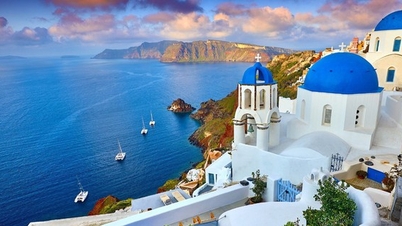

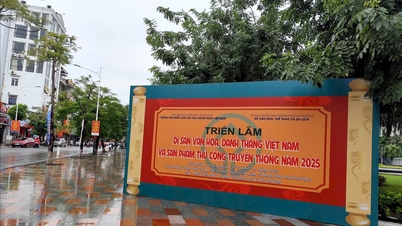





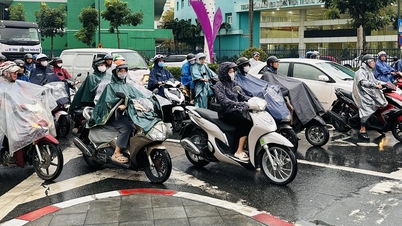


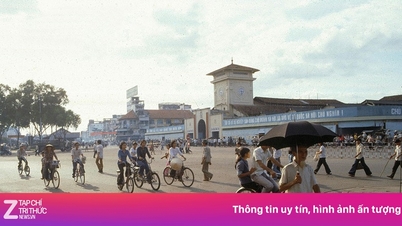


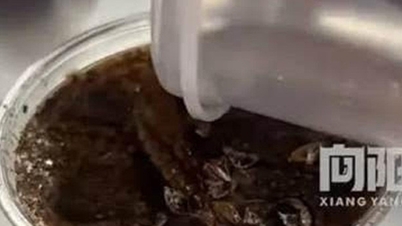













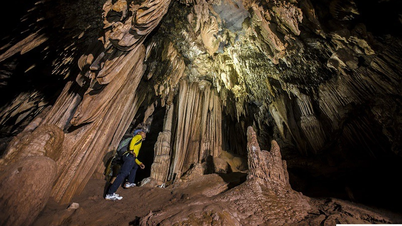

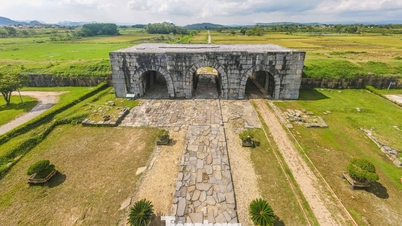

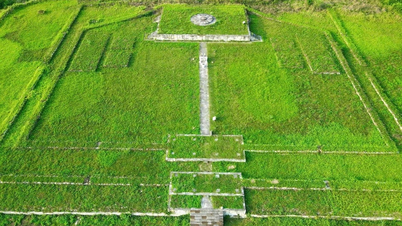

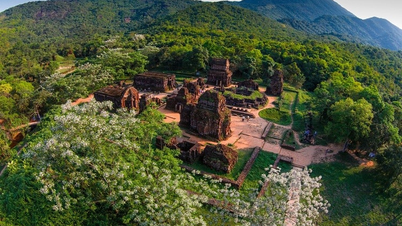












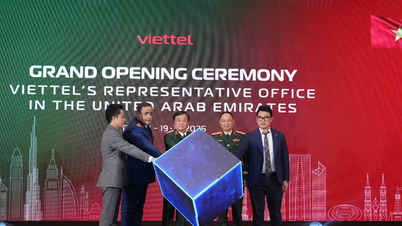
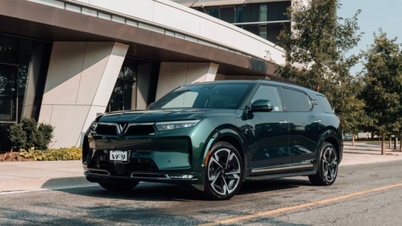
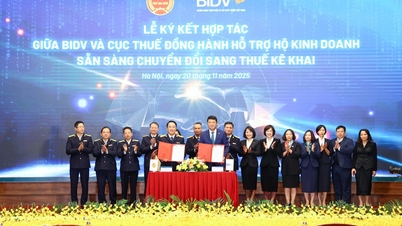

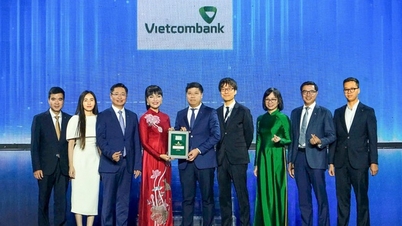












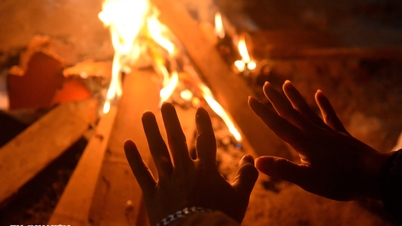




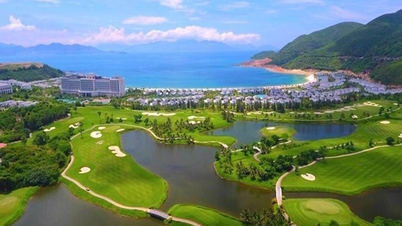




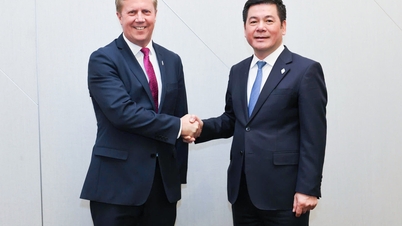


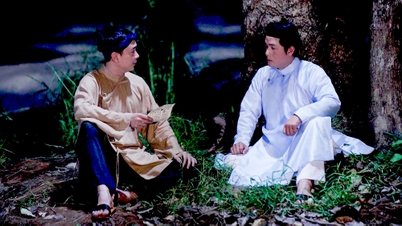


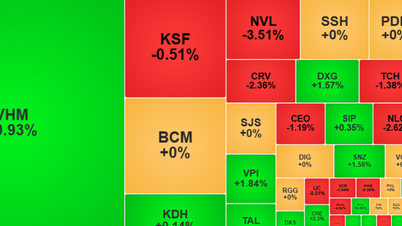



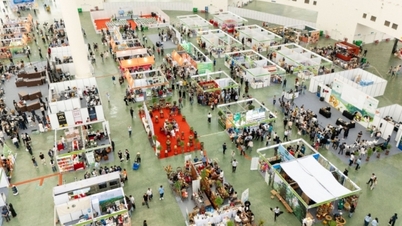











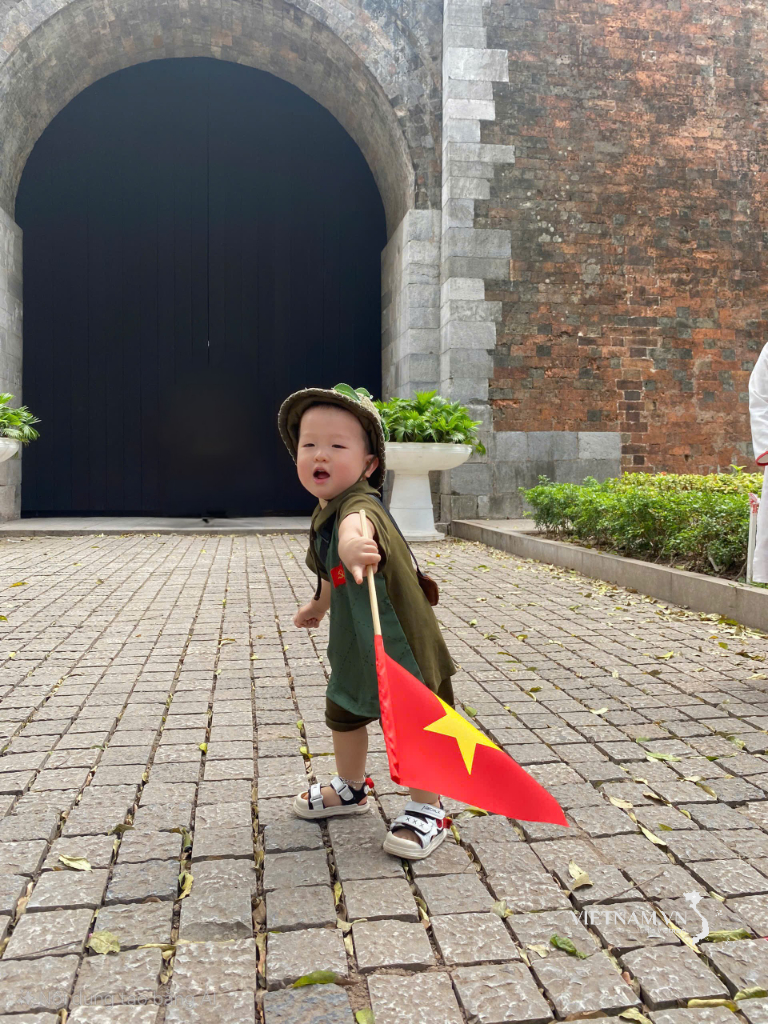
মন্তব্য (0)